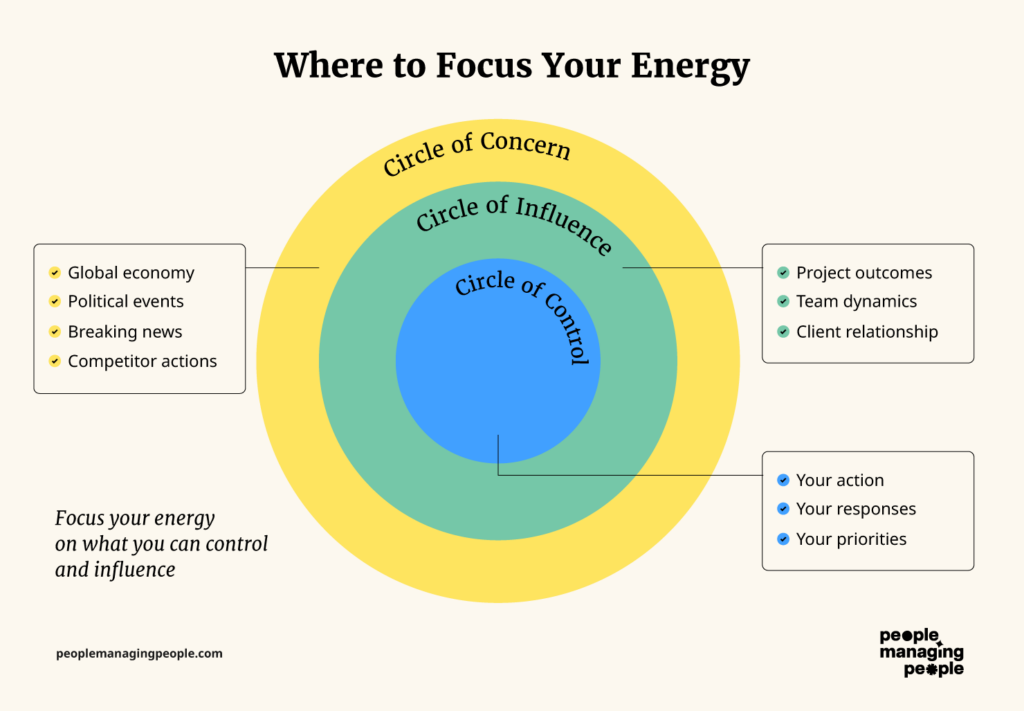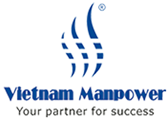Leaders face a growing challenge: how do you help your teams find focus amid the noise? Every ping, notification, and breaking headline pulls attention away from the work at hand, creating a workforce that's physically present but mentally elsewhere.
But what if the solution isn't about blocking out the world entirely? What if it's about creating environments where focus can thrive despite the distractions?
The Attention Economy's Hidden Toll
We live in an attention economy where focus has become our scarcest resource. The average employee now checks email or Slack 36 times per hour and switches tasks every 3 minutes.
Meanwhile, the constant background hum of world events—political upheavals, economic uncertainties, global conflicts—creates an ambient anxiety that further fragments concentration.
"Outside factors such as news, sports, and politics can absolutely distract a workforce," observes Jared Brown, CEO of workforce management tool Hubstaff. "We monitor productivity of our employees, and will see dips that coincide with events such as March Madness or the Presidential election."
Employee monitoring software might help you see what people are doing, but leaders need to look beyond tasks and time spent typing.
Ask yourself: When was the last time you actually saw, either physically or through evidence of productivity, your team in a state of deep, uninterrupted focus?
When did you last experience it yourself?
Control the Controllable
The key psychological shift leaders must facilitate is helping people distinguish between what they can and cannot control. This isn't about ignoring the world's problems—it's about recognizing where our energy is best spent.
This is true of teams in office, where people become distractions for each other on top of the world's events, and remote settings, where maintaining focus and finding a zone of productivity can be challenging when the notifications start pinging.
Consider implementing a three part framework based on three different levels of experience; what you can control, what you can influence, and what you can only experience through concern.

Circle of Control: What can I directly influence?
This innermost circle contains everything you have direct authority over—your own actions, responses, and decisions. For employees, this might include:
- Your daily work priorities and how you allocate your time
- Your communication style and how you respond to colleagues
- Your personal boundaries around technology use
- Your professional development and skill-building efforts
- Your attitude and mindset toward challenges
When teams focus on their Circle of Control, they experience immediate agency. A developer can't control a project deadline, but they can control how they structure their coding time. A manager can't control market forces, but they can control how they prepare their team for potential changes.
Leaders should encourage teams to regularly inventory their Circle of Control by asking: "What specific actions can we take today that will move us forward regardless of external circumstances?"
This creates momentum and builds confidence when the outside world feels chaotic.
Circle of Influence: What can I affect indirectly?
This middle circle includes areas where you have some impact, but not complete control. Your influence might be partial or require collaboration. For most professionals, this includes:
- Team dynamics and working relationships
- Project outcomes (where you're a contributor but not the sole decision-maker)
- Organizational processes you can suggest improvements for
- Client relationships and satisfaction
- How your ideas are received and implemented by others
The Circle of Influence operates through persuasion, collaboration, and persistence rather than direct authority. A marketing specialist can't control the company's entire brand strategy, but they can influence it through well-researched proposals. A team lead can't control how engaged each team member feels, but they can influence engagement through thoughtful leadership practices.
Leaders should help teams expand their Circle of Influence by asking: "Where do we have leverage to make positive change, even without complete control?"
This focuses energy on constructive action rather than passive consumption of concerning news.
Circle of Concern: What matters but is beyond my control?
This outer circle contains issues that affect us but that we cannot directly control or significantly influence. These might include:
- Global economic trends
- Political events and policy decisions
- Competitor actions
- Market disruptions
- Most breaking news events
The Circle of Concern is important to acknowledge—these issues matter and often have real impacts on our work and lives. However, spending excessive mental energy here leads to anxiety and helplessness while producing no meaningful outcomes.
Leaders should help teams develop a healthy relationship with their Circle of Concern by:
- Acknowledging concerns without letting them dominate work discussions
- Creating appropriate times and spaces to discuss larger issues
- Redirecting energy toward Circles of Control and Influence when conversation becomes unproductive
- Distinguishing between staying informed and becoming overwhelmed
The power of this framework lies in its visual simplicity. Teams can literally draw these three concentric circles and place their current concerns in the appropriate ring.
This exercise often reveals that many people spend most of their mental energy in the outer circle, where they have the least impact and are at the greatest risk for focus becoming a detriment to their mental health.
By consciously shifting focus inward—first to what they can control, then to what they can influence—teams reclaim their sense of agency and effectiveness, even in turbulent times.
Creating Focus-Friendly Environments
The physical and cultural environment you create speaks volumes about what you value. Does your workplace prioritize constant connectivity or deep work? Brown highlights the importance of setting expectations early.
"We work to minimize distractions for our team by starting with clearly defining our team culture which we cover in the employee onboarding process. One of the core principles of the culture is 'Trim It - work efficiently, and recognize when time is being wasted. Identify opportunities for improvement.' Our goal of communicating this up front is to level set expectations and keep our team focused on areas that lead to better experiences for our customers."
Challenge yourself: What signals are you sending about attention? Are your meeting practices respecting people's focus time or fragmenting it? Is "always available" the unstated expectation?
Consider implementing:
- Designated focus hours where meetings are prohibited
- Digital silence zones where devices are put away
- Regular news-free zones (both physical and temporal)
Coaching for Focus: The Manager's Role
Line managers play a crucial role in helping team members regain focus during distracted times. Suezanne Bennett, Associate Director of People Experience at recruiting firm Nigel Wright Group, recommends a coaching approach.
"Line managers can take a coaching approach to help with this – asking what is your goal, how realistic is it, what are your options, and establishing commitment. Doing this with people connects them back to their work and focuses productivity," she said.
This coaching framework helps employees step back from the noise and reconnect with what matters most in their work. By asking these targeted questions, managers guide team members to define clear, achievable goals and concrete next steps—creating islands of clarity amid the chaos.
Bennett also highlights the importance of autonomy.
"We know that anxiety is often born from a lack of perceived control, so consider how much autonomy people have over their work,” she said. “How much can they adapt and control in their own roles? An adjustment here could spark the inspiration and motivation that is needed to keep them more interested in their work, and create exciting innovation in the business."
The Leader as Focus Curator
Perhaps the most powerful tool is your own behavior. Teams watch what leaders do, not what they say. If you're constantly checking your phone during conversations or sending midnight emails, you're broadcasting that distraction is acceptable.
Ask yourself: What attention habits am I modeling? Am I demonstrating the focus I want to see?
Here are some other things you can do to cultivate focus.
Creating accountability without micromanagement
Establishing clear objectives and regular check-ins can help teams stay focused without feeling constantly monitored.
As Brown explains, "We also have bi-weekly OKR meetings which teams will report on their progress to achieving quarterly goals. When employees get too distracted it will often be very apparent because they won't be able to show progress to hitting their objectives. Having this meeting holds everyone accountable."
This approach creates natural consequences for distraction without requiring leaders to police their teams' every move.
Recognition, the overlooked focus tool
In a demanding work environment, maintaining focus becomes even more challenging when employees feel their efforts go unnoticed.
As Jeff Haughton, Head of Global Incentives and Corporate Development at Blackhawk Network, explains:
"Nearly half of employees we've surveyed have been asked to take on more work without a pay increase, a situation that can lead to frustration, disengagement, and, ultimately, attrition. Acknowledging these contributions through meaningful recognition is more than an act of goodwill—it's a tool to maintain morale and productivity."
Employee recognition serves as a powerful focus amplifier. When employees know their concentrated efforts will be seen and appreciated, they're more likely to invest the mental energy required for deep work.
"By investing in consistent and impactful recognition," Haughton continues, "companies can build a resilient workforce that's motivated to help achieve long-term business goals. With employee engagement at low levels, thoughtful recognition is one of the smartest investments a company can make."
Consider how recognition programs might be redesigned to specifically reward focused work and meaningful contributions rather than just visibility or hours worked.
Purpose as an antidote to distraction
One of the most powerful ways to help employees stay focused is to strengthen their connection to purpose.
"HR and managers can reinforce the role people play in the organization as a whole, and how important their impact is,” Bennett said. “This can work to give people importance and purpose that overtakes the worries of what else is going on."
When employees understand how their work contributes to something meaningful—whether it's helping customers, advancing important causes, or supporting colleagues—they're more likely to find the mental discipline to focus on their tasks, even when the world around them feels chaotic.
Leaders should regularly connect individual work to larger organizational goals and values, helping employees see the through-line from their daily tasks to meaningful impact.












Replies to This Discussion